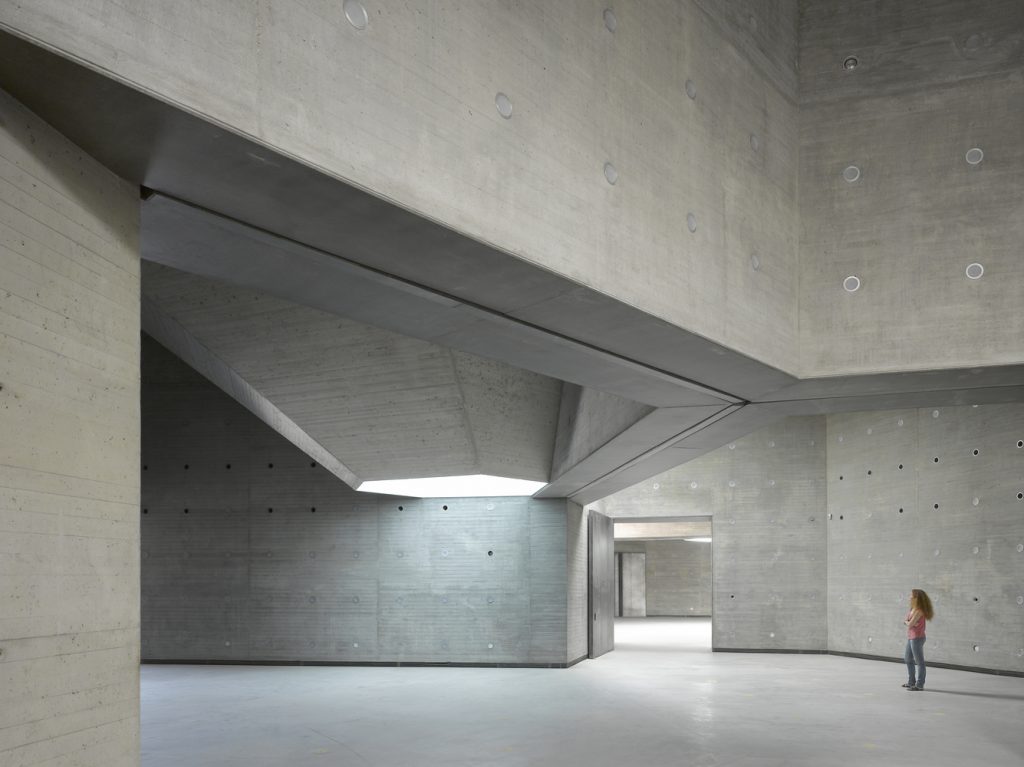Past, Present, Future is an interview project by Itinerant Office, asking acclaimed architects to share their perspectives on the constantly evolving world of architecture. Each interview is split into three video segments: Past, Present, and Future, in which interviewees discuss their thoughts and experiences of architecture through each of those lenses. The first episode of the project featured 11 architects from Italy and the Netherlands and Episode II is comprised of interviews with 13 architects from Spain, Portugal, France, and Belgium.
The goal of the series is to research these successful firms and attempt to understand their methods and approaches. By hopefully gaining a clearer picture of what it means to be an architect in the 21st century, the videos can also serve as inspiration for the next generation of up-and-coming architects and students as they enter the field.

Enrique Sobejano and Fuensanta Nieto founded Nieto Sobejano Arquitectos in 1984 and today the firm has two offices in Madrid and Berlin. The award-winning firm has completed international projects in Europe and beyond and their work is well-known for its careful treatment of the landscape and incorporation of a project’s context into the design.
Following are the videos and selected quotes from Enrique Sobejano’s interview.
PAST:
Sobejano describes the path he took to practicing architecture and describes one of the most important lessons he learned along the way, that architecture is as much about drawing as it is about communicating and advocating for your designs and ideas.
ENRIQUE SOBEJANO: “We became the Sub-Directors of the international summer courses in El Escorial. The director was Sáenz de Oiza, and he said to Fuensanta and me, “I’m the director but you do whatever you like.” It’s true, we organised everything and he always gave the master lecture at the beginning of the course. We invited many of those international architects and Spanish architects. We are now used to having all these international connections. This was 30 years ago and in Spain, and we were the first to invite Jean Nouvel to Madrid, the first to invite Rem Koolhaas to Madrid… For us, it became a real way of learning how they expressed their ideas, and how some very admired architects did not know how to express them although they knew how to build them. Or how, on the other hand, some people were really communicative.”

PRESENT:
Sobejano discusses the evolution and current organization of Nieto Sobejano Arquitectos, as well as the changing role of the architect and the importance of successfully transmitting your ideas.
GV: How have the themes or your early interests evolved through time? Are you still interested in the same topics?
ES: “Well, of course, your way of thinking evolves with time. That is very clear. I don’t believe it is a very interesting or logical way of acting by saying that you have the same ideas ‘til the end of your life. Yes, you have ideas, some of them are very rooted while many others are evolving. But this connection of architecture to a place is still a key question in our work. Of course, ‘place’ can be ambiguous, it can refer to topography, but also to culture, to memory, to history, to social questions. ‘Place’ is very broad, but it is a position because there are many other ways of acting on architecture where the place is not the theme. In the process of evolving in our career, I have a feeling that you don’t decide exactly where you go, but you decide where you do not want to go. Now, that’s an important part.”
GV: Would you like to share a couple of key-concepts or themes that are central in your practice?
ES: “We have to transmit that as designers, the architectural issues and themes are not only our private interests. They are, really, questions that influence, enormously, the way people live. After these thirty years of being an architect and having the chance to build, in many cases, what we wanted to build, I have been thinking more and more about what it is to be an architect.

What impresses me most is how simple decisions that you do one day with a pen or folding a paper influences, positively or negatively, the lives of people for many, many years. If we are able to transmit that this is a key question, that it is not the same living in this flat as living in the one next door because there are a couple of questions that make you understand the feeling of an atmosphere, of materiality, of light or whatever. This is the only thing we can learn how to transmit because if not, architects could just be called building agents.
So this is a key question to me. That does not mean that I am not interested in topics like sustainability. I am definitely so interested in that, of course, but to me, it is not the theme, sustainability should be a must – like how a house should have a roof to shelter it from when it rains – it has to be sustainable in its concept.”
